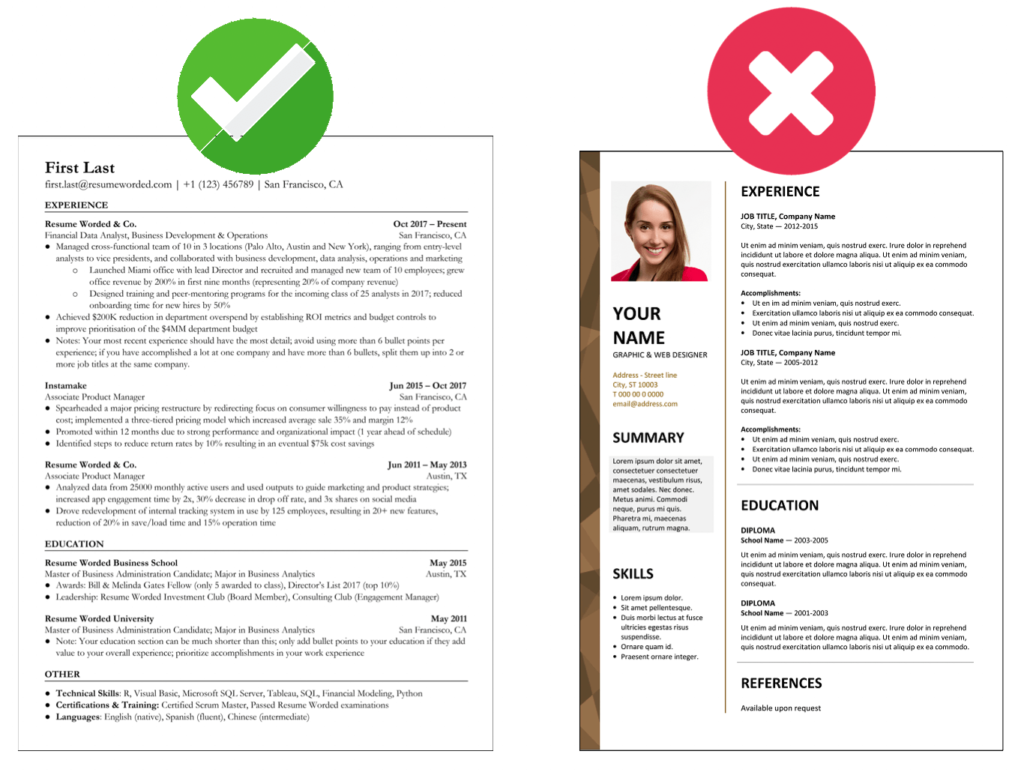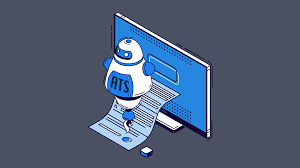
n today’s job market, applying online is the most common way to get hired—but did you know that your resume might never be seen by a human if it’s not written in an ATS-friendly format?
Let’s break down why ATS resumes are important, how to make one, and what must be included in it.
💡 What is an ATS Resume?
ATS stands for Applicant Tracking System – software used by most companies to manage and filter job applications. When you apply online, your resume goes into this system, and the ATS scans it for keywords, skills, and formats.
If your resume is not ATS-compliant, it may be rejected automatically—even if you’re a perfect fit for the job.
✅ Why Should You Use an ATS Resume?
Here’s why making an ATS-friendly resume is a must:
- Increases Chances of Selection
ATS resumes are designed to pass software filters and reach human eyes. - Matches Job Requirements Automatically
Using the right keywords ensures your resume aligns with the job description. - Professional Look
ATS resumes are clean, simple, and easy to read for both bots and recruiters. - Saves Time
Once you have an ATS format, you can tweak it for different jobs quickly.
🛠️ How to Make an ATS Resume – Step by Step
Follow these simple steps to create your own ATS-optimized resume:
Step 1: Choose a Simple Format
Use a clean and standard layout:
- No fancy graphics, images, or tables.
- Use traditional fonts (Arial, Calibri, Times New Roman).
- Stick to Word (.doc/.docx) or PDF files (if accepted by the company).
Step 2: Use Standard Headings
Use common titles like:
- Summary
- Work Experience
- Education
- Skills
- Certifications
Avoid creative headings like “My Journey” or “What I Do.”
Step 3: Tailor the Resume to Each Job
Read the job description carefully and include the exact keywords used by the employer. For example:
- If the job says “Customer Support,” use that term—not just “Client Service.”
Step 4: Focus on Keywords & Skills
ATS scans for skills mentioned in the job ad. So, include:
- Job-related skills
- Tools/software you’ve used (e.g., Microsoft Excel, Salesforce, AutoCAD)
- Industry terms (e.g., CRM, B2B Sales, PLC Programming)
Step 5: Keep It Organized
- List jobs in reverse chronological order (latest first).
- Use bullet points for duties and achievements.
- Include dates (month/year) for each job.
Step 6: Proofread and Save
Check for:
- Typos
- Grammar mistakes
- Formatting issues
Then save it using a file name like:
YourName_Resume_JobTitle.docx
📌 What to Include in an ATS Resume?
Here are the must-have components of an ATS resume:
| Section | What to Include |
|---|---|
| Header | Full Name, Phone Number, Email, LinkedIn URL |
| Professional Summary | A 2–3 line overview of your skills and experience |
| Skills | Keywords matching the job posting |
| Experience | Job title, company name, dates, key achievements |
| Education | Degree, university, passing year |
| Certifications (if any) | Relevant licenses or certifications |
| Tools/Software | Mention industry-relevant tools you’ve used |
❌ Things to Avoid in an ATS Resume
- Tables and columns
- Icons or images
- Fancy fonts or colors
- Uncommon section titles
- Overloaded design templates
✨ Final Thoughts
An ATS resume is your gateway to getting shortlisted. With the right format and keywords, you can beat the bots and increase your chances of landing an interview.
Start with a clean template, match the job description, and focus on clarity. Whether you’re applying for a corporate job, a tech role, or a government position—ATS compatibility matters.
Need help designing your ATS resume?
Contact us to get a professionally written and ATS-compliant resume that stands out!




